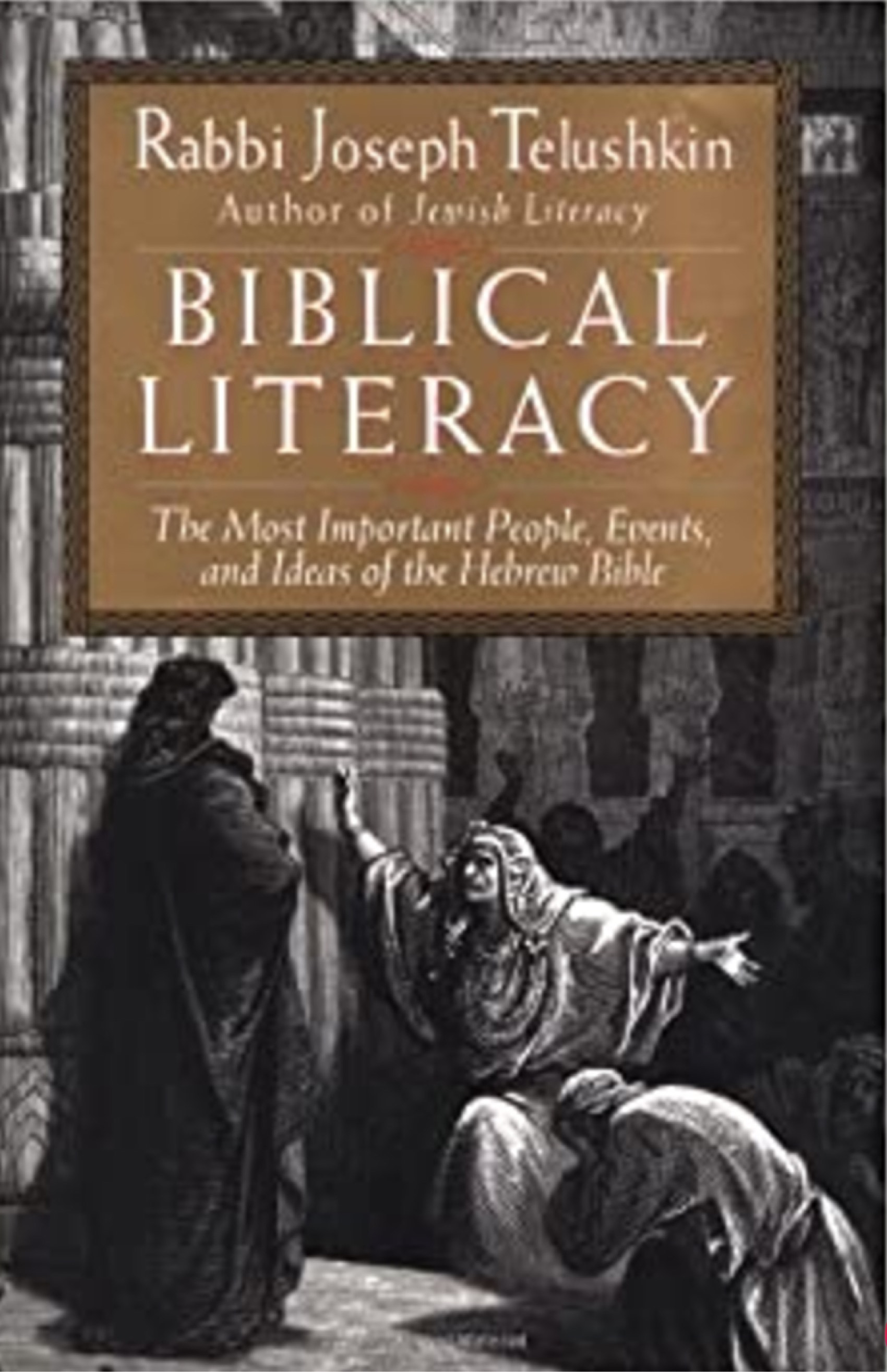BIBLICAL LITERACY (RABBI JOSEPH TELUSHKIN)
Summary of Biblical Literacy by Rabbi Joseph Telushkin
Rabbi Joseph Telushkin’s Biblical Literacy is a comprehensive guide to the Hebrew Bible, offering insights into its most significant people, events, and ideas. The book aims to make the Bible more accessible to readers by summarizing key stories, explaining their moral and ethical teachings, and providing historical and cultural context.
Key Themes and Content
1. Structure of the Hebrew Bible
• Divided into three main sections:
• Torah (The Five Books of Moses) – Covers creation, the patriarchs, the Exodus, and the giving of the law.
• Prophets (Nevi’im) – Includes historical narratives and moral teachings from figures like Isaiah, Jeremiah, and Elijah.
• Writings (Ketuvim) – Poetic and philosophical books such as Psalms, Proverbs, and Job.
2. Important Figures and Stories
• Adam and Eve – The origin of humanity and the concept of free will.
• Noah’s Ark – A lesson on morality and divine justice.
• Abraham and Sarah – The founding of the Jewish people and the covenant with God.
• Moses and the Exodus – The liberation from Egypt and the giving of the Ten Commandments.
• David and Solomon – The establishment of Israel’s monarchy and the construction of the Temple.
3. Moral and Ethical Teachings
• The Ten Commandments as the foundation of Judeo-Christian ethics.
• The principle of justice and compassion, such as “Love your neighbor as yourself” (Leviticus 19:18).
• The importance of humility, leadership, and responsibility, as seen in figures like Moses and King David.
4. Impact of the Bible on Civilization
• Influence on Western law, politics, and moral values.
• Connection to major world religions, including Judaism, Christianity, and Islam.
• Ethical debates on issues such as justice, punishment, and human dignity.
Conclusion
Biblical Literacy serves as an educational resource for understanding the Hebrew Bible’s significance. It bridges religious and secular perspectives, encouraging readers to explore the Bible’s wisdom, history, and enduring moral teachings.
